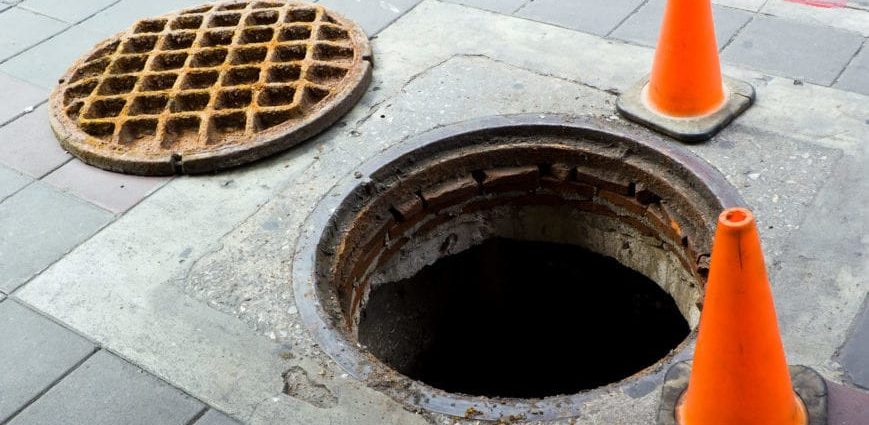Since the dawn of sewer systems, the materials we use have become more varied. While it began with clay pipes, which are still used today, other materials have come to see wider use and are generally more reliable and easy to use. Certain pipes may work better in certain climates and locations. So, before you do work on your sewer systems, it can’t hurt to learn the common types of sewer pipes so you can make informed decisions.
Common Types of Sewer Pipes
Some materials are used more often than others in sewer systems, but all of these have uses and we’ll break down when and where they are best utilized.
- Cast Iron Pipes – The most common type of pipes in homes and also many commercial properties. They are strong and and can withstand a lot without breaking. The major drawback is they are prone to rust and corrosion. Recommended for indoor plumbing but not outdoor usage.
- Asbestos Pipes – Made using asbestos and cement, this type of pipe is extremely resistant to high pressure and can be safely used for water mains. One downside is that it is susceptible to root damage.
- PVC Pipes – Designed to withstand high water pressure, PVC pipes are primarily used in cold water systems.
- Galvanized Steel (GI) Pipes – Steel pipes that are coated with zinc, which acts as protection from corrosion. There are a variety of level grades that indicate thickness of the pipe which are used for different purposes.
- Concrete Pipes – These pipes are primarily used to supply water and can be reinforced or unreinforced depending on the pipe diameter.
- HDPE Pipes – High density polyethylene pipes are the overall most effective pipes available. They come in many sizes and can be used in high pressure environments. Roots cannot grow into these pipes which makes them perfect for sewer lines and water lines.


